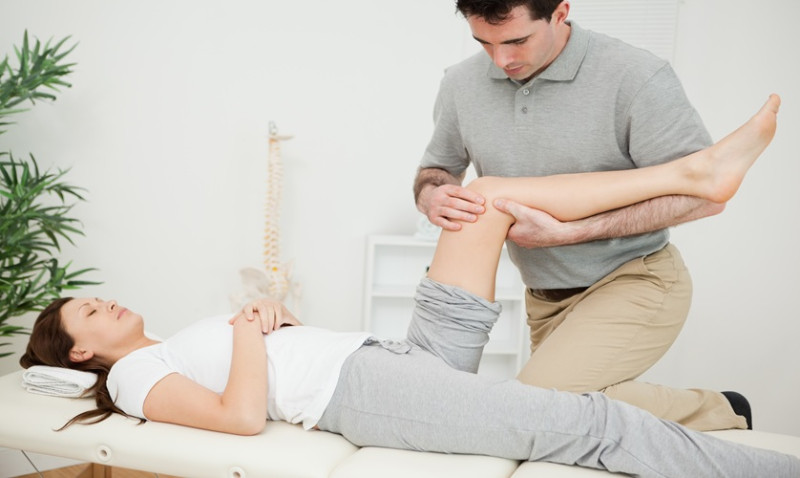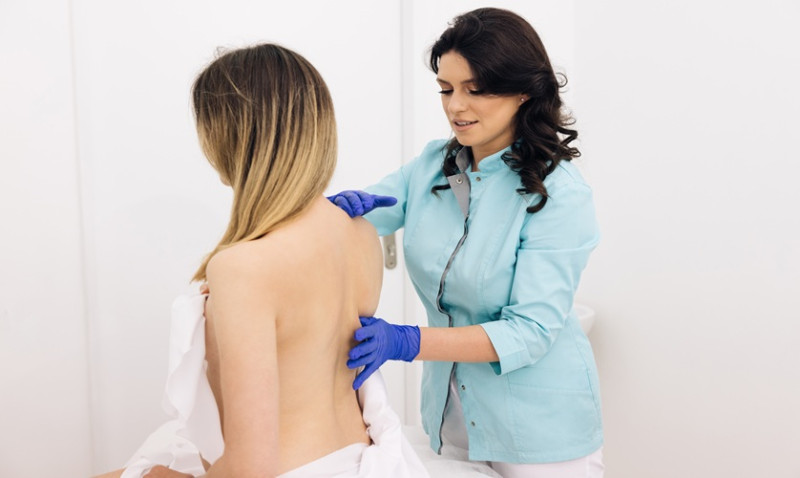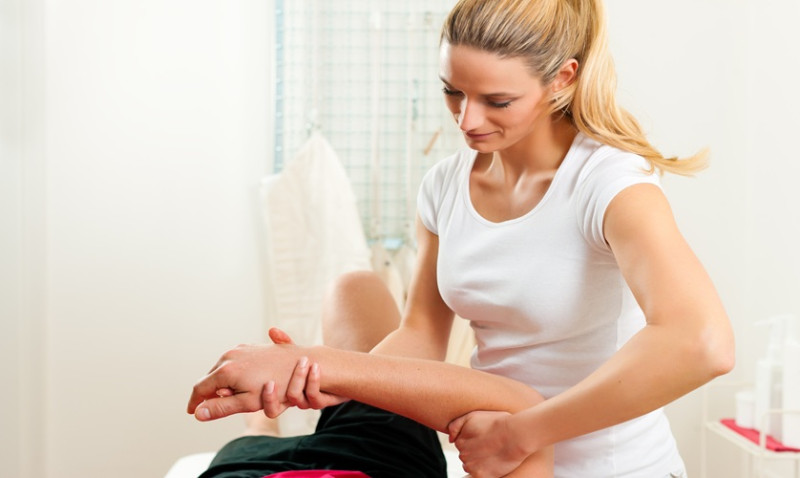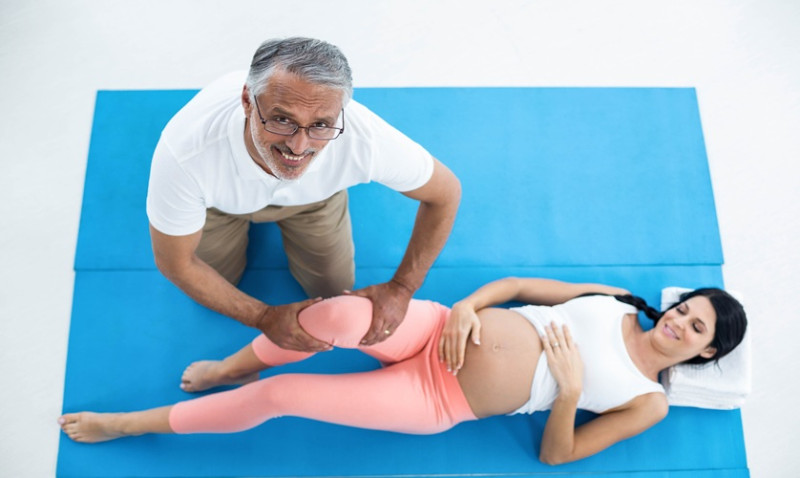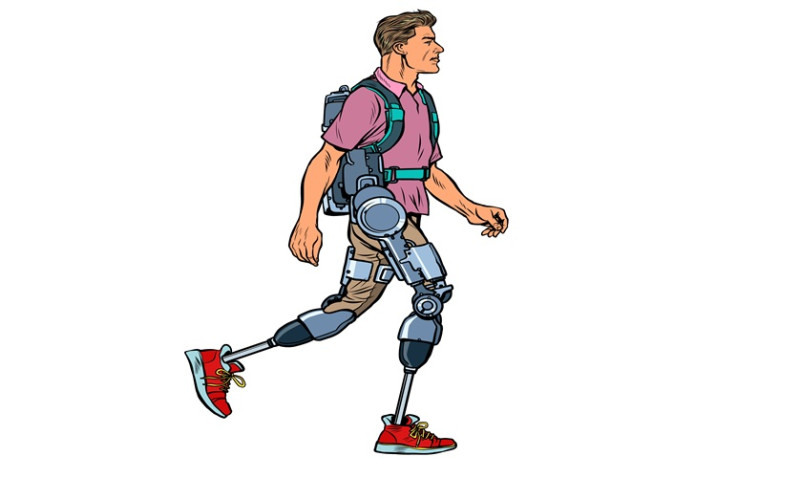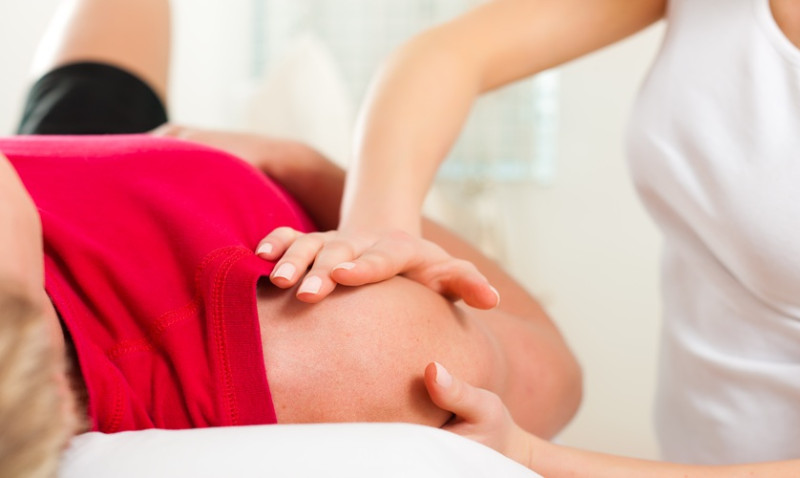
Recovering from a stroke can be a challenging journey, particularly when it comes to regaining mobility and strength in the upper body. The shoulder is especially prone to stiffness, pain, and disuse after a stroke, making targeted exercises essential. Whether you're a stroke survivor or a caregiver assisting in recovery, incorporating a set of simple and effective shoulder exercises can make a world of difference in the rehabilitation process.
In this article, we’ll break down safe and easy-to-follow exercises that can help improve shoulder flexibility, muscle tone, and functional use after a stroke. These exercises are suitable for individuals undergoing physiotherapy, those doing at-home recovery, and even for health professionals guiding post-stroke patients.
Always remember: Before beginning any exercise program, it is highly recommended to consult with a physiotherapist or healthcare provider to ensure these movements are safe and appropriate for your individual condition.
Why Shoulder Mobility Matters After a Stroke
Shoulder immobility or pain, typically referred to as hemiplegic shoulder pain, is one of the most common complications after a stroke. Limited range of motion, muscle weakness, and frozen shoulder syndrome can significantly hinder daily activities such as dressing, grooming, and reaching.
Neglected shoulder care can lead to injury, reduced limb function, and long-term discomfort. The right exercises—done consistently—can help improve circulation, promote neuroplasticity (the brain’s ability to rewire), and encourage independence in daily life.
Targeted shoulder exercises are not only beneficial physically but also act as morale boosters, giving patients measurable goals and progress milestones throughout recovery.
Let's explore some beginner-friendly shoulder rehabilitation exercises designed specifically for stroke survivors.
Top Shoulder Exercises for Stroke Recovery
These exercises can be modified based on the severity of the condition and the range of motion available. The goal is to promote movement without causing stress or pain to the joint or muscle.
1. Passive Range of Motion (PROM) Shoulder Flexion
Passive movements are ideal for patients who have minimal to no voluntary control in their affected limb. The movement is assisted either by a caregiver or by the patient’s unaffected arm.
- Sit comfortably on a chair with back support.
- Use your unaffected hand to hold the wrist of the affected arm.
- Slowly raise the affected arm forward and upward as far as it can go without pain.
- Hold the position for a count of 5, then slowly return to the starting position.
- Repeat 10 times, once or twice a day.
This exercise helps maintain joint flexibility and prevents stiffness in the shoulder socket.
2. Shoulder Blade Squeeze (Scapular Retraction)
This exercise targets the upper back and shoulder blade muscles, contributing to better posture and stabilisation of the shoulder joint.
- Sit upright in a sturdy chair.
- Gently squeeze your shoulder blades together without raising your shoulders.
- Hold for 5 seconds, then release.
- Perform 10 repetitions, with rest as needed.
If the patient has limited control, the movement can be cued or assisted manually by a caregiver or therapist.
3. Tabletop Slide (Towel Slides)
This is a simple yet effective exercise that can assist in improving shoulder flexion and extension using a supportive surface.
- Place a towel on a table and rest your hand on it (use the non-affected hand to help position the affected one if needed).
- Sit facing the table with feet flat on the ground.
- Slowly slide the towel away from you, extending your arm across the table.
- Then slide the hand back toward your body.
- Perform 10–15 repetitions, once or twice daily.
The towel reduces friction, allowing smoother movement and reducing strain on the shoulder joint.
4. Wall Climb Exercise
This light activity helps improve shoulder range of motion through a visual and goal-oriented task.
- Stand facing a wall, place the fingers of the affected hand on the wall at chest height.
- “Walk” the fingers up the wall, as high as is comfortable.
- Pause for a moment, then “walk” fingers back down.
- Repeat 10-15 times, depending on fatigue.
Patients enjoy this exercise because progress is visually measurable—it’s easy to see when you’re getting higher on the wall over time.
5. Cane-Assisted Shoulder Movement
Using a cane or stick can encourage bilateral arm movement and coordination.
- Hold a cane with both hands, hands shoulder-width apart.
- Lift the cane forward to shoulder height using the unaffected arm to guide the movement.
- Hold briefly and return to starting position.
- Repeat with gentle overhead movements as strength improves.
This bilateral training encourages symmetry, which is important for restoring balance and control across the upper body.
Safety Tips for Home Rehabilitation
- Always begin with gentle stretching and warm-up movements to avoid muscle strain.
- If you feel sharp pain or discomfort, stop the exercise and consult your therapist.
- Stay consistent and track your progress. Improvements may take time but consistency is key.
- Use a mirror or mobile phone camera to ensure proper posture during exercises.
- Focus on slow, controlled movements—speed can lead to unsafe form and injury.
Tracking Shoulder Recovery Progress
Maintaining a simple log or chart can help both caregivers and patients track improvement over time. This provides clarity, motivation, and data that can be shared with your physiotherapist for ongoing support.
| Exercise | Date | Range Achieved | Repetitions | Comments |
|---|---|---|---|---|
| Wall Climb | 01/05/2024 | Shoulder Height | 10 reps | Mild stiffness |
| Towel Slides | 01/05/2024 | Full Length of Table | 12 reps | No pain |
Use a similar format to document activity and gradually watch your progress improve.
Conclusion: Start Simple, Stay Consistent
Shoulder recovery after a stroke doesn’t have to involve complex equipment or painful routines. Starting with simple, guided exercises at home—especially when overseen by a trained physiotherapist—can restore vital function to the shoulder joint and improve overall quality of life.
It’s important to remember that everyone heals at a different pace. Celebrate small improvements and stay consistent. Even modest daily movements can lead to life-changing results.
For personalised strategies, always work closely with a professional physiotherapist who can assess your condition and modify your exercise plan. Together, you can set realistic goals that empower recovery and independence after stroke.
#physiotherapy #paralysisrecovery
